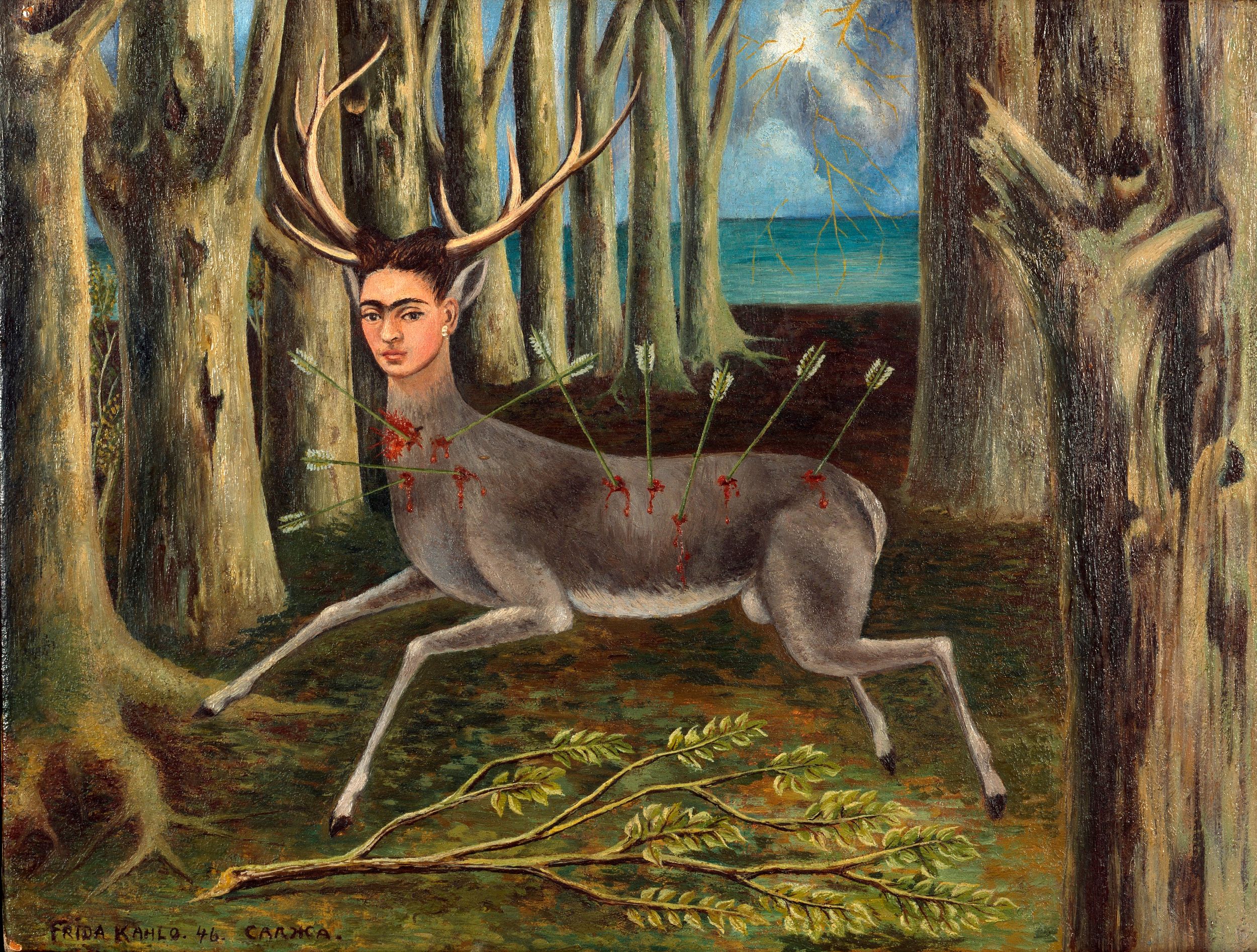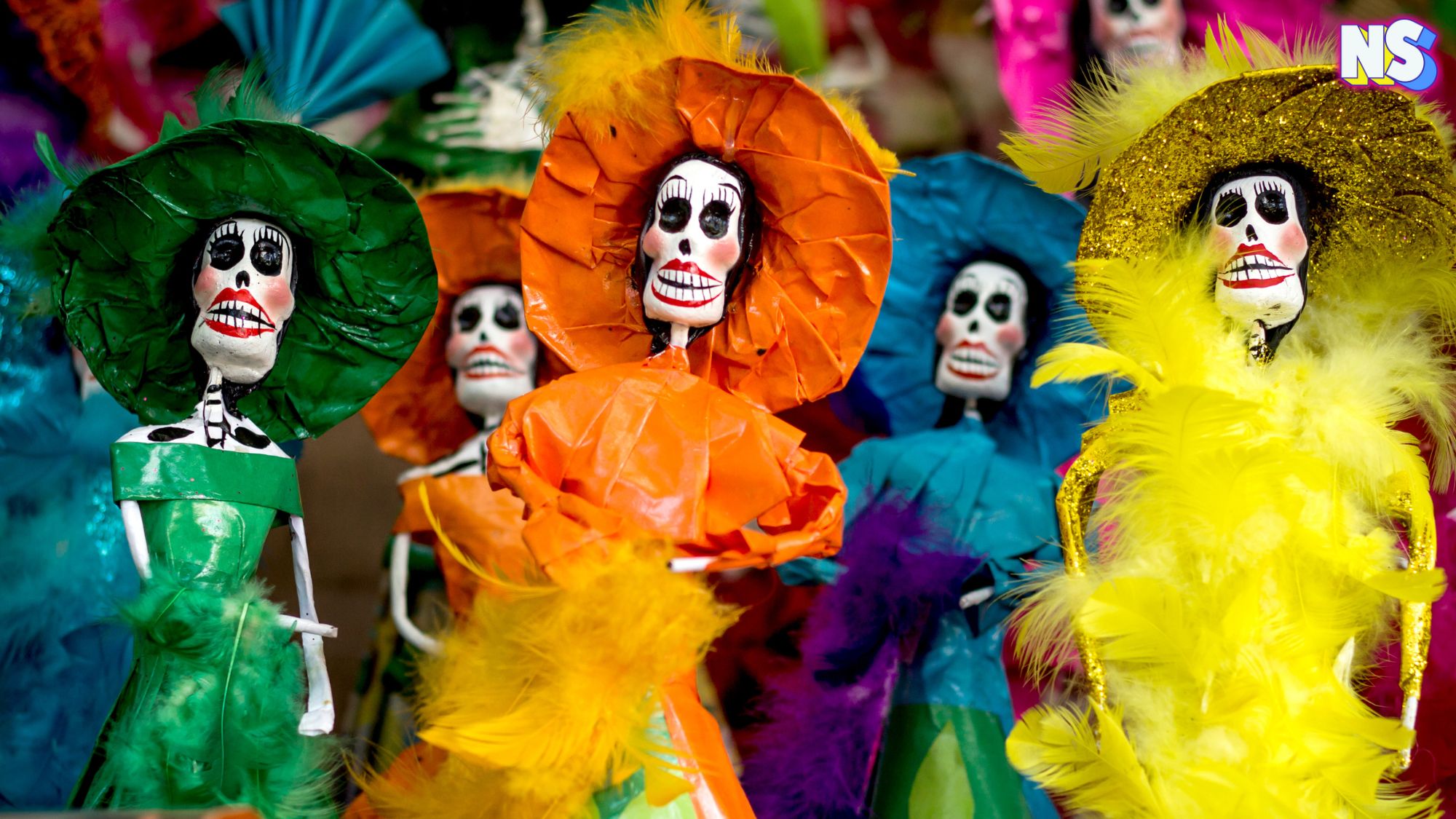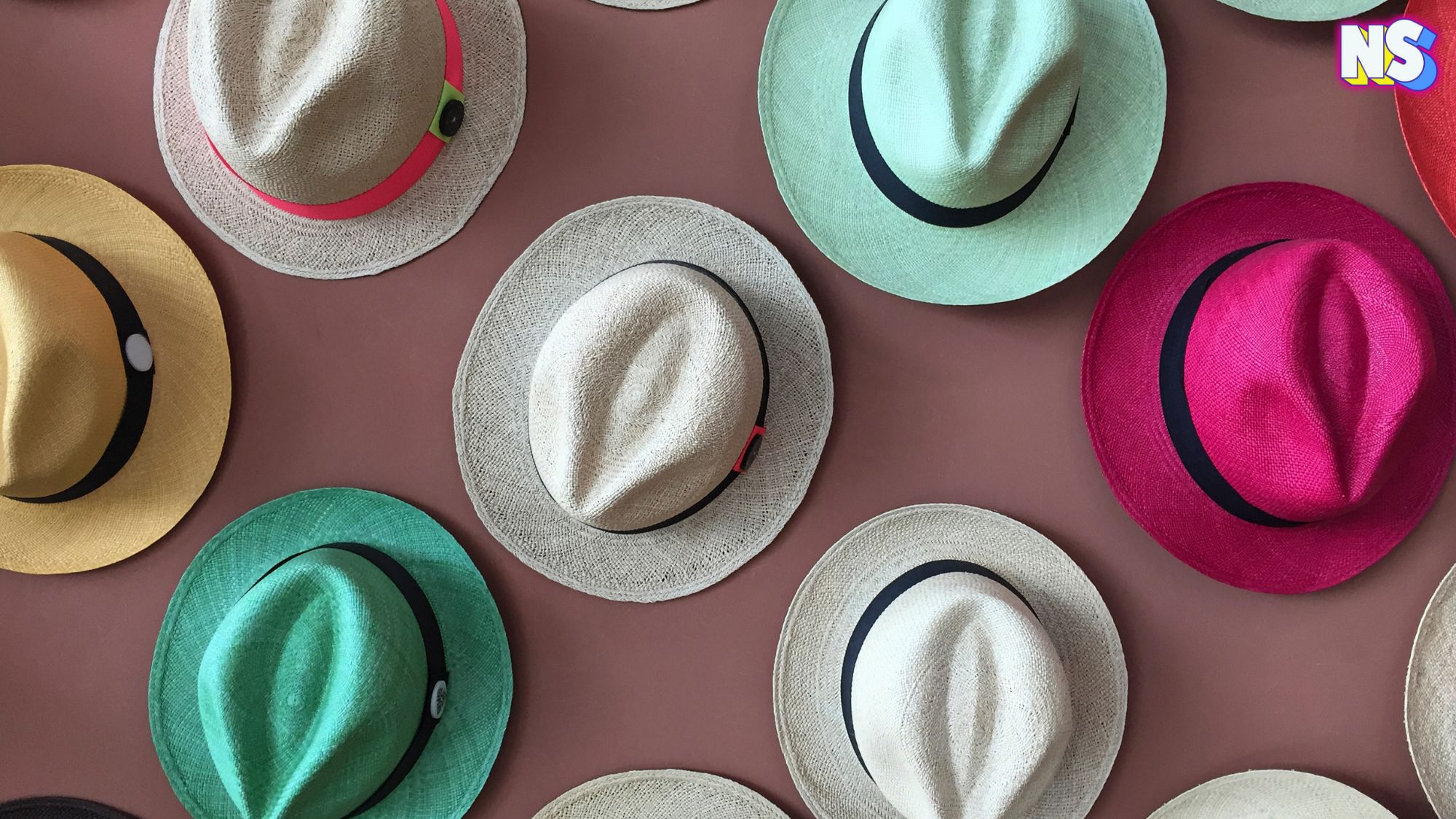Credit: Frida Kahlo/fridakahlo.org
Welcome to Nuestro Stories' ongoing series Frida Fridays, celebrating and honoring the controversial (and intriguing) life and many works of Mexican Artist Frida Kahlo.
Each week we’ll take a closer look into the little-known, and sometimes well-known, aspects that made of the world of one of the world’s most famous female painters.
This week, we explore the truth behind her self- “portrait” … with a deer.
The Wounded Deer is Frida
Did you know Frida Kahlo suffered from a back injury and incorporated her chronic pain into her work?
The Wounded Deer canvas “portrait” is a 1946 piece Kahlo created in a Mexican home after she returned from a failed spinal surgery in New York City.
According to the piece “Frida Kahlo: Portrait of Chronic Pain,” by Oxford University Press. Frida Kahlo “experienced ‘a perfect storm’ of predisposing, contributing, and causative factors that led to her complex medical condition.”
The surgery was intended to repair her severe back pain caused by her bus accident back in 1925, where she was horribly impaled by a metal rod that pierced her through her midsection.
The surgery didn't yield the desired results, impacting the artist’s emotional health (hence the bleeding wounded deer in the painting).
"She depicted herself as a young stag with her own head crowned with antlers,” the artist’s official site Fridakahlo.org explains, adding: “This young stag is pierced by arrows and bleeding. In the lower-left corner, the artist wrote down the word "Carma,” which means "destiny" or "fate.” Just like her other self-portraits, in this painting, Frida expressed the sadness that she cannot change her own fate."
Known by many as an avid animal lover, the artist had plenty of pets and treated them as "the children she could never have.” In the Wounded Deer painting, she actually used her pet deer, named "Granizo," as the model.
What Does it Mean?
Many interpretations surround the deer portrait/painting (as with any piece of art that is subjective by its admirer).
The most obvious interpretation is that this piece was a result of her frustration and feelings and loss of hope from the unsuccessful surgery. Others claim that it was a representation of her inability to have command over her own life.
And then there are those that take one look at the arrows (as Cupid's arrows) and the "cuernos" or horns, which in the Latino world stand as a symbol of being the victim of an unfaithful significant other, and say that this is a representation of her fails in her love life.
Kahlo decided to give away this painting to her close friends Lina and Arcady Boitler for their wedding, including a note that read: “I leave you my portrait so that you will have my presence all the days and nights that I am away from you.”
Our interpretation? Here’s a thoughtful guess: Perhaps Kahlo’s biggest fear was to be forgotten. That being alone in the forest was a simile to feeling alone in the world. That the arrows were the painful reminders of those who would hurt her with their indifference, and the horns, were a symbol of betrayal from those she loved deeply.





